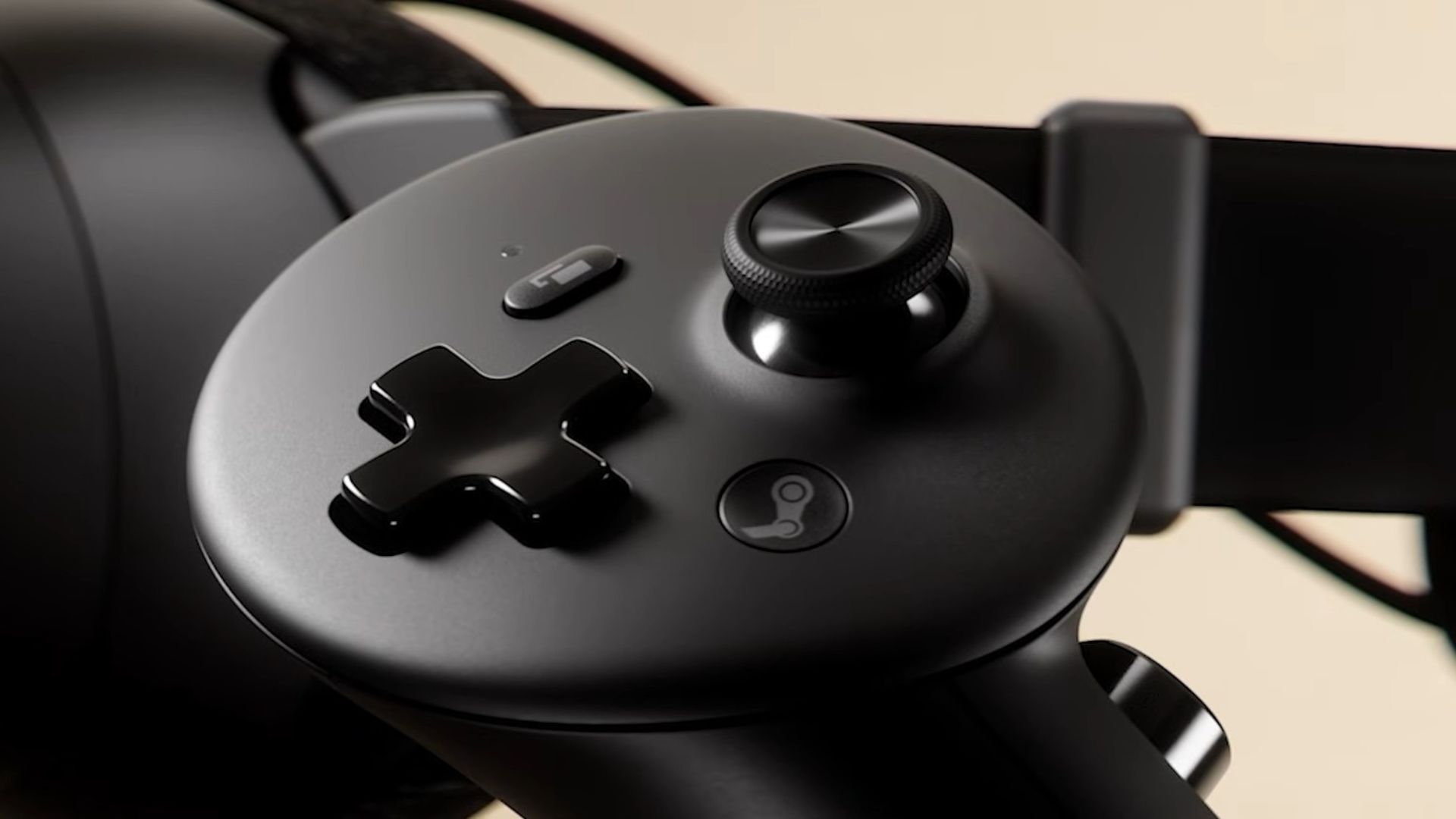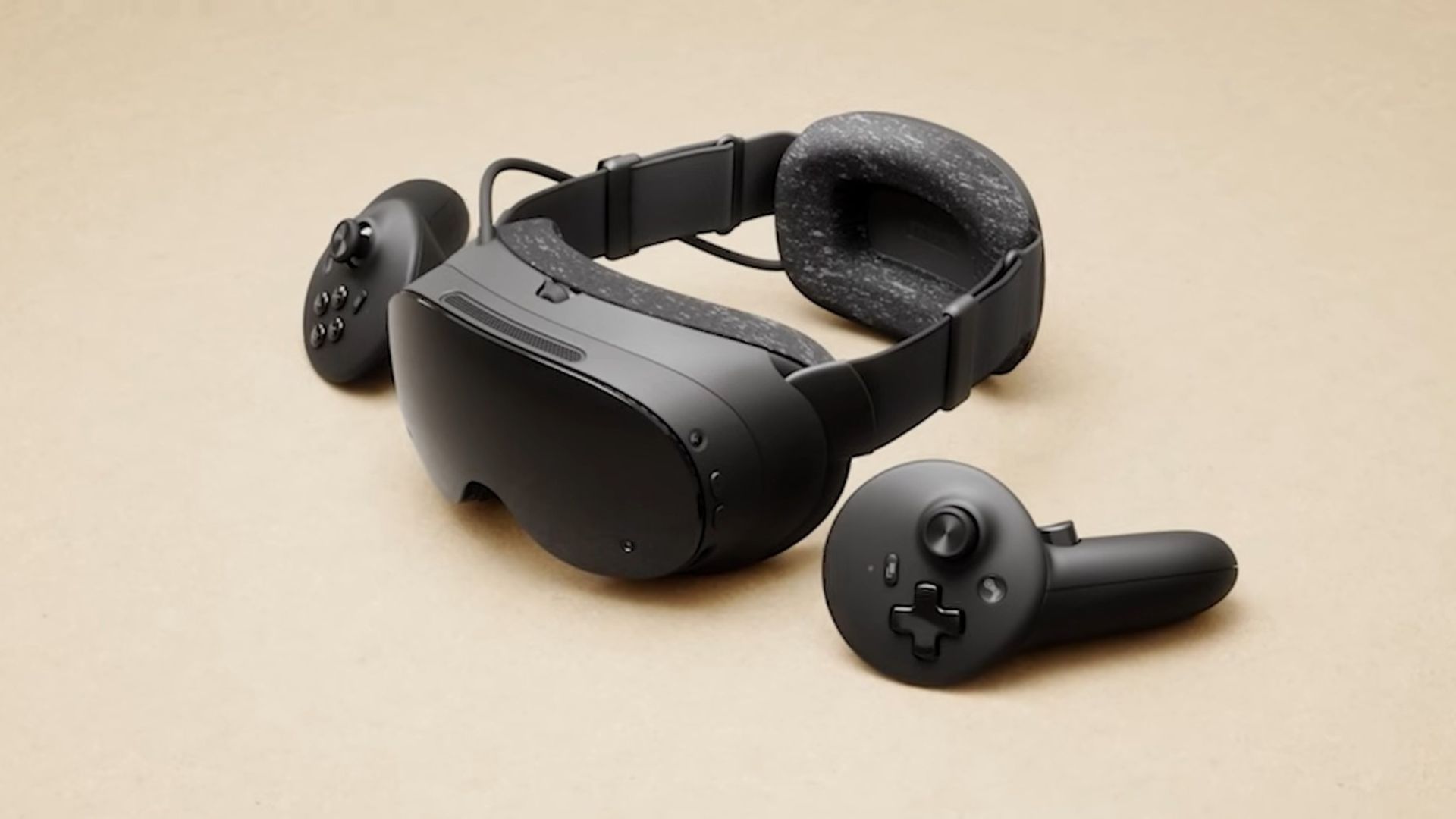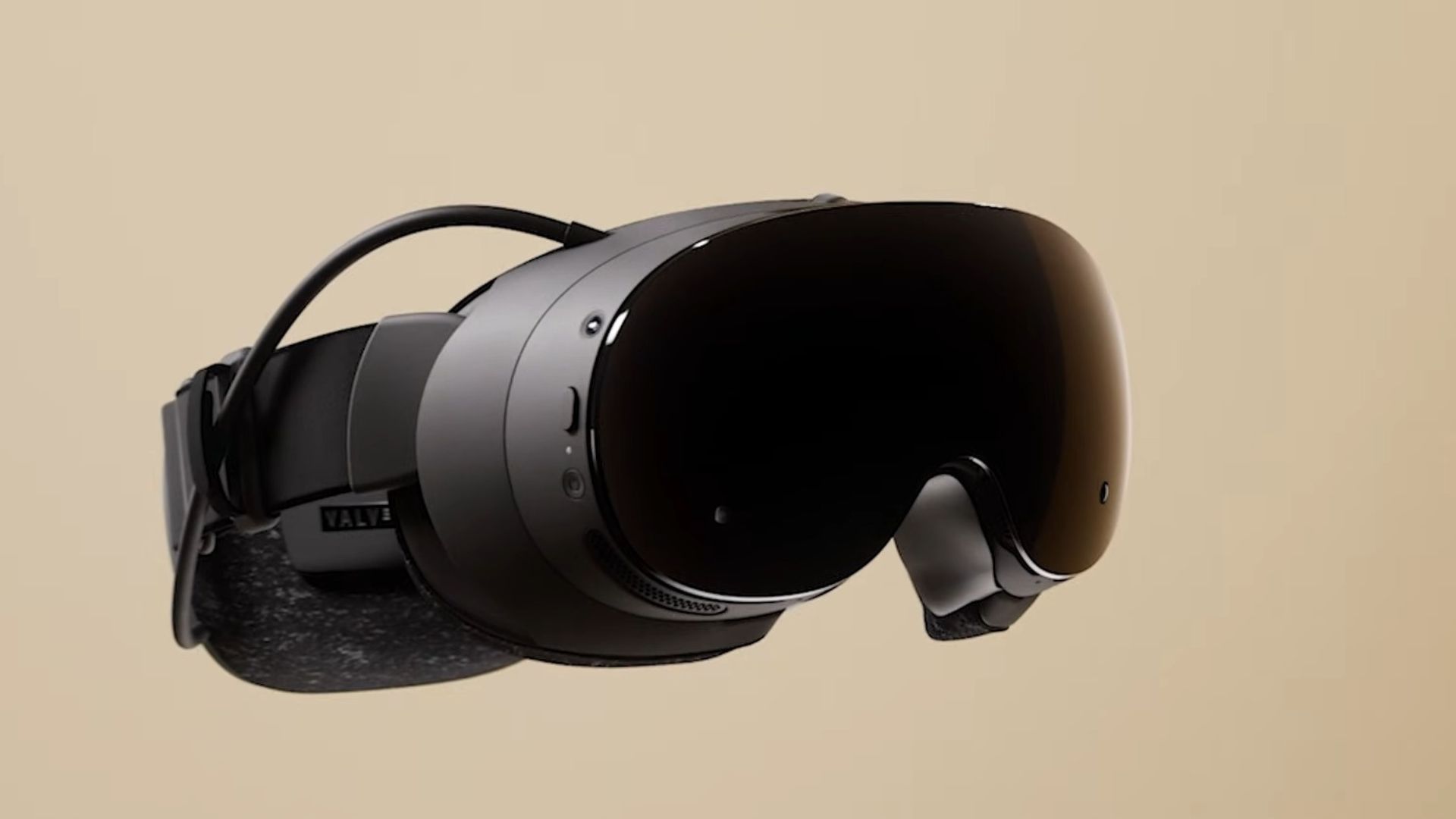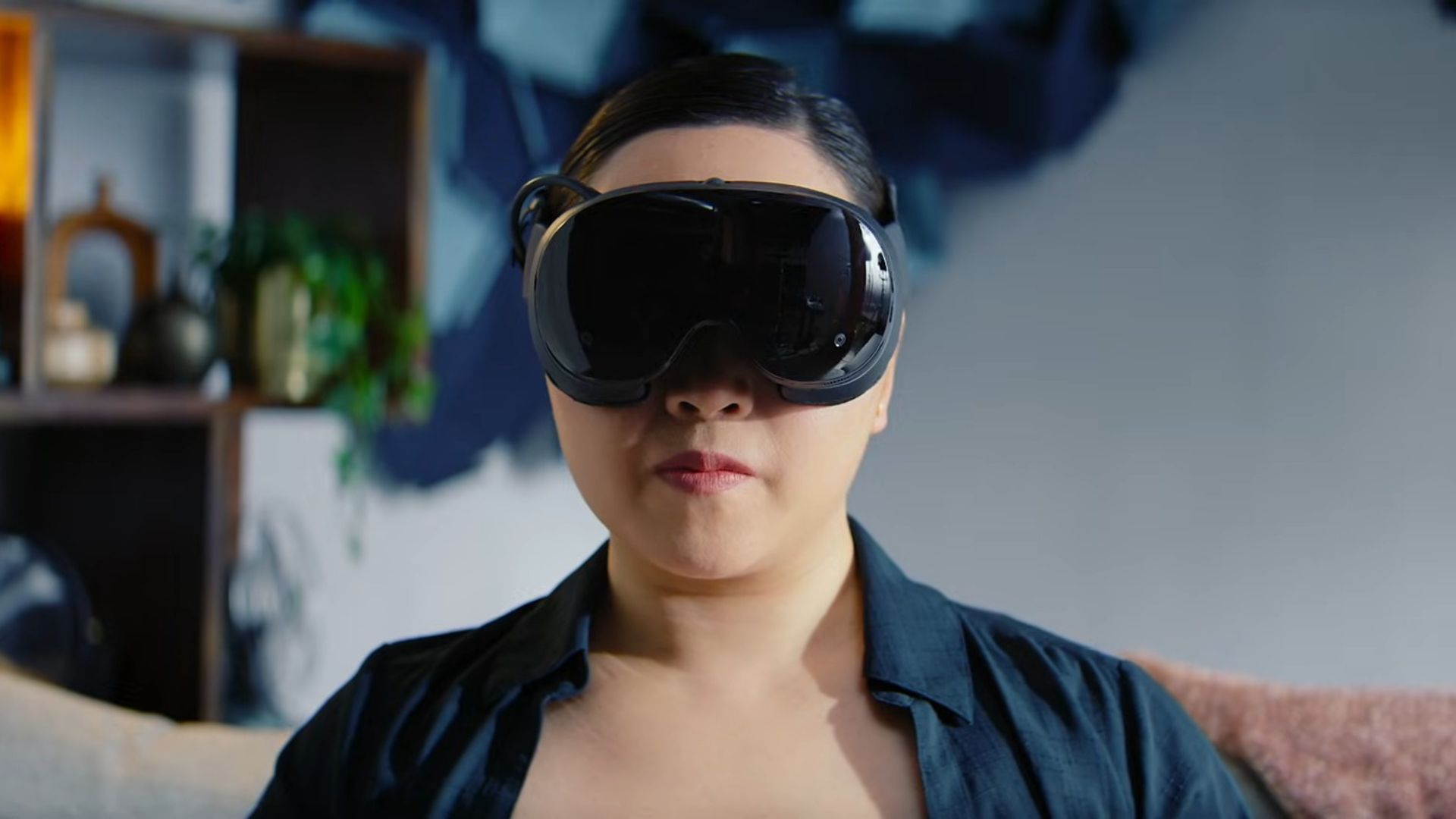Valve Deckard has been officially revealed as the Steam Frame, and it looks like a combination of PSVR 2 and the Meta Quest 3's best features
It really is like a Steam Deck you can wear on your face

After years of rumours, leaks, and speculation, Valve has officially unveiled the Steam Frame, its second VR headset. Just as the rumours predicted, it'll run on Steam OS (the same operating system as the Steam Deck) as a standalone device that doesn't need to be tethered to a PC to run games. While that's great news on its own, it seems like this device will combine some of my favorite parts of all the best VR headsets.
We're yet to receive a price for this new headset, which could really determine its place in the market. We do, however, know that it'll launch in early 2026, which corresponds with rumours about the previously codenamed Valve Deckard we've heard up until now.
Whenever it launches, Steam Frame is arriving in a vastly different market than the Valve Index did. It's going to face direct competition from the likes of PSVR 2, the Quest 3 devices, and the Pico 4 Ultra, but there's also the new Galaxy XR and the HTC Vive Focus Vision to think about. In my eyes, I think the Steam Frame is set up for success, not least because it combines some of the best features of PSVR 2 and the Meta Quest 3, either of which could be dubbed the best head-mounted display for gamers, depending on who you ask.
For starters, Valve's Frame will utilize the pancake lenses from the Meta Quest 3, combining them with PSVR 2's foveated rendering and eye tracking capabilities. Like the Quest 3 and Pico 4 Ultra, it'll utilize an LCD display, but at a higher resolution, like PSVR 2, that means you get 4K resolution per eye.
Integrated speakers in the headstrap, like the ones found on the Quest 3, mean you'll get spatial 3D audio, but since this isn't a mixed reality device and it's geared specifically at gamers, its passthrough is in black and white and mainly functions to track you within a room-scale boundary, like PSVR 2.
Processor | 4nm Snapdragon ARM processor |
Memory | 16GB Unified LPDDR5 RAM |
Wi-Fi | Wi-Fi 7, 2x2 |
Storage | 256GB or 1TB UFS + MicroSD card slot for additional storage upgrades |
Lenses | Pancake |
Display type | LCD |
Resolution | 2160 x 2160 per eye |
Refresh Rate | 72-120Hz (144Hz experimental) |
FOV | Up to 110 degrees horizontal |
To prevent the need for some of the best Meta Quest accessories, the Steam Frame will utilize a rechargeable battery on the back of the headstrap, which isn't too dissimilar to what the HTC Vive Focus Vision uses.
It doesn't seem like the Steam Frame has any connectivity for HDMI or Display Port, however, which means you won't be able to directly tether it to a gaming PC's GPU for a visually lossless gaming experience. Valve says you can use an included wireless adapter that uses a Wi-Fi 6E, low-latency connection to stream between the headset and PC, though, presumably using an app like Steam Link. A USB-C charging port would also suggest you could use a link cable too.
Weekly digests, tales from the communities you love, and more




Last, but certainly not least, the Steam Frame's controllers will use TMR thumbsticks (which is a first for this type of gaming), highly detailed haptic feedback, and capacitive sensors to detect various touches and small movements you make on their grips. Valve also says there will be input parity with more traditional gamepads too, which makes sense, since the left controller even has a D-pad, which is often overlooked on VR controllers.
The news comes by way of a larger announcement that sees Valve also launching a new version of the Steam Machine, as well as a brand new Steam Controller.
Looking to upgrade your PC so it's VR-ready? Check out the best RAM for gaming, the best CPU for gaming, and the best graphics card.
One of my earliest memories is playing SuperMario64 and wondering why the controller I held had three grips, but I only had two hands. Ever since I've been in love with video games and their technology. After graduating from Edinburgh Napier University with a degree in Journalism, I contributed to the Scottish Games Network and completed an Editorial Internship at Expert Reviews. Over the last decade, I’ve been managing my own YouTube channel about my love of games too. These days, I'm one of the resident hardware nerds at GamesRadar+, and I take the lead on our coverage of gaming PCs, VR, controllers, gaming chairs, and content creation gear. Now, I better stop myself here before I get talking about my favourite games like HUNT: Showdown, Dishonored, and Towerfall Ascension.
You must confirm your public display name before commenting
Please logout and then login again, you will then be prompted to enter your display name.



